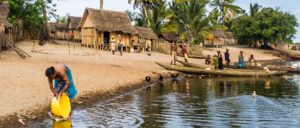
Diving into the data
Micro, small, and medium-sized enterprises (MSMEs) are recognised globally as a major engine of growth and employment creation. Access to finance is their most commonly cited barrier to growth. The IFC estimates that there are between 200 and 245 million formal and informal MSMEs in developing countries that do not



















